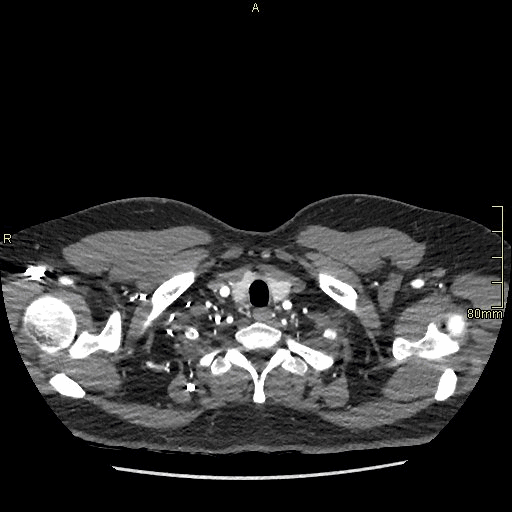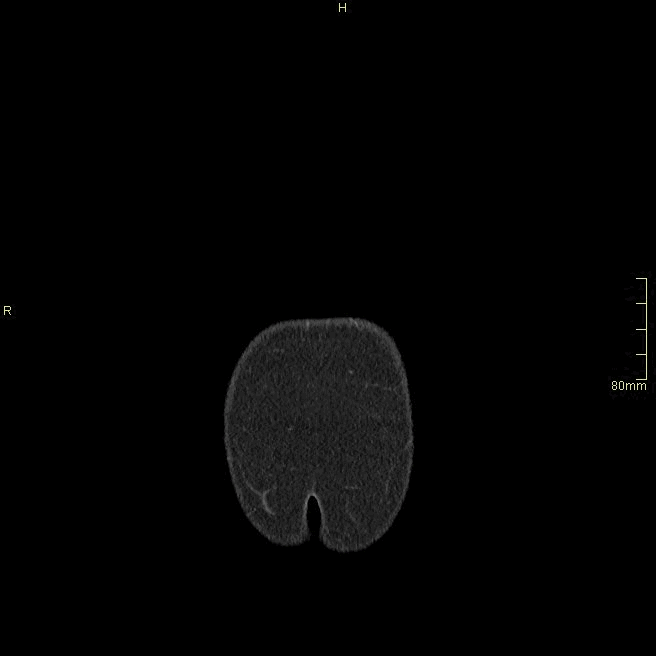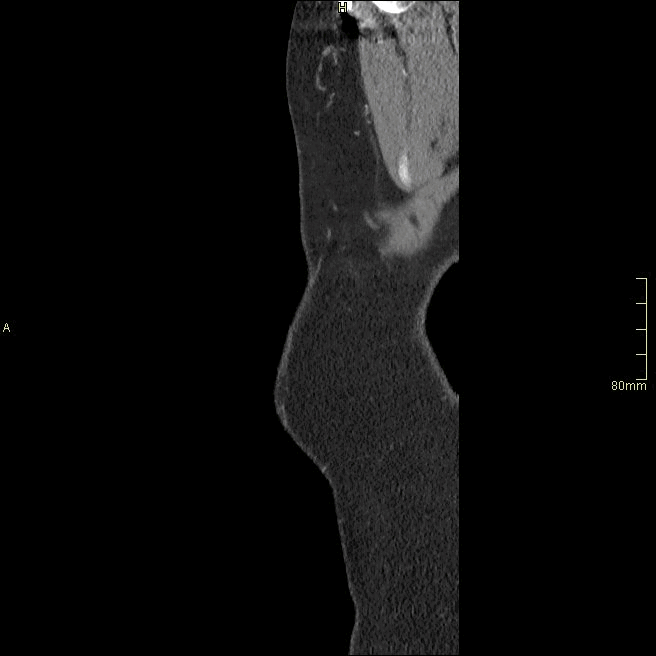This is an education resource only. Ordering of all procedure codes on this website are subject to the Canberra Health Services guidelines for imaging orders.
CT ANGIOGRAPHY CHEST/ABDOMEN

INDICATIONS (1-3)
-
Aortic Dissection
-
Pulmonary AVM suspected
-
Transcatheter aortic valve replacement planning and follow up
-
Haemoptysis, massive, life threatening
-
Polytrauma
-
Thoracic aortic dissection suspected and for follow up known dissection
PATHOLOGY DEMONSTRATED (1-3)
-
AVM
-
Aortic dissection
-
Thoracic haemorrhage
-
Haemothorax
-
Fracture/dislocations
PATIENT PREPARATION
-
Patient able to lie still for ten minutes
-
Not claustrophobic (sedation may be given)
-
Cognitively capable of following basic instructions
-
Metal artefacts removed from the region of interest, including bras and necklaces
-
No respiratory distress when lying supine
-
Not allergic to Iodine based Contrast
-
No known kidney disease (eGFR below 30 as per RANZCR), however, acute setting consultant may sign to continue with poor renal function
-
No hyperthyroidism, may induce thyroid storm
-
Patient to have 18G cannula in anterior cubital fossa to enable a 7ml/s flow rate (20G cannula acceptable if flushing to 5ml/s).
-
Preferably patient fasted for 4 hours
ANATOMY INCLUDED
Chest/Abdomen Angiogram (Axial)
Chest/Abdomen Angiogram (Coronal)
Chest/Abdomen Angiogram (Sagittal)
REFERENCES
1. American College of Radiology (ACR). Appropriateness Criteria. [Internet]. 2022 [Updated 2021, cited 10 Aug 2022]. Available from https://www.acr.org/Clinical-Resources/ACR-Appropriateness-Criteria
2. Radiopaedia. CT Angiography of the Chest (protocol) [Internet]. 2008 [updated 6 June 2021, cited 23 Aug 2022]. Available from https://radiopaedia.org/articles/ct-angiography-of-the-chest-protocol?lang=gb
3. Radiopaedia. Aortic Dissection [Internet]. 2008 [updated 5 Oct 2022, cited 9 Oct 2022]. Available from https://radiopaedia.org/articles/aortic-dissection?lang=gb


